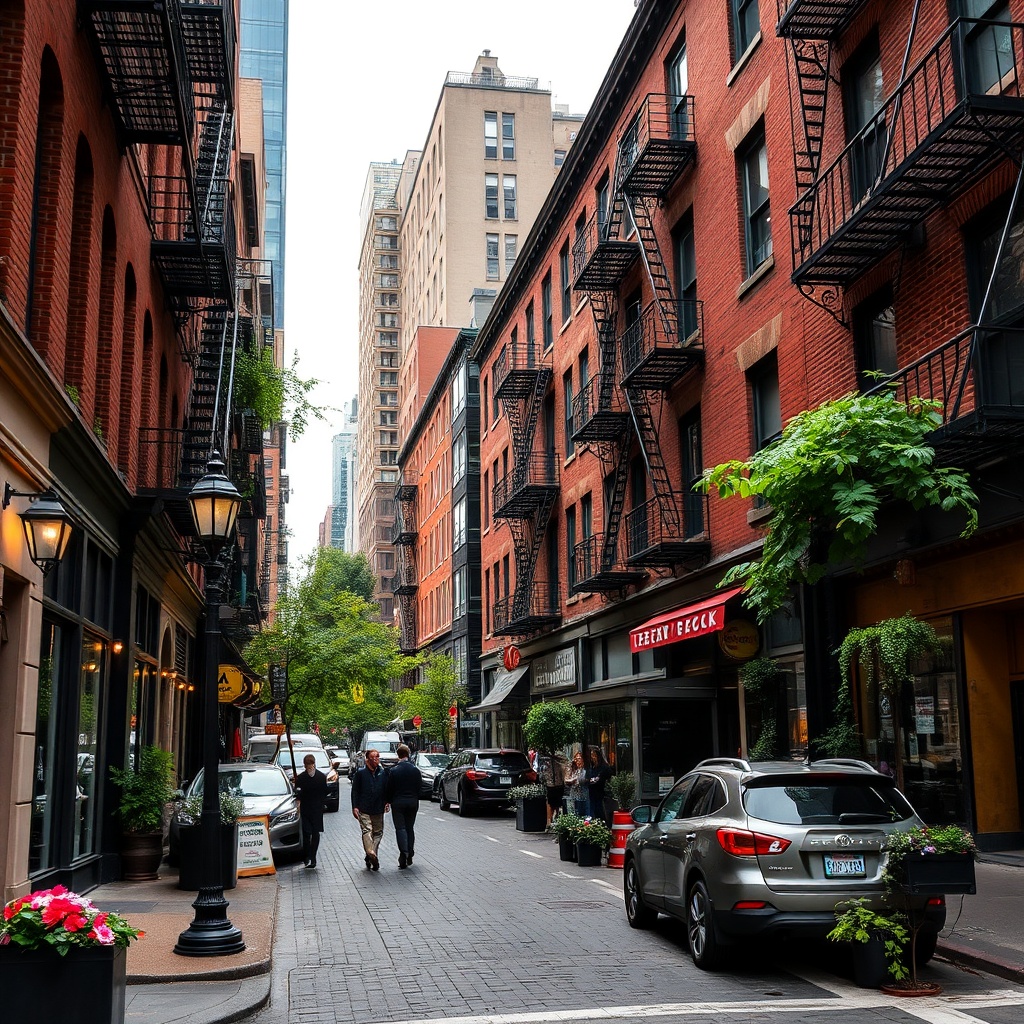Greenwich Village still feels like the beating heart of downtown creativity — a place where winding streets, historic brownstones, and a lively mix of music, food, and activism come together. Whether you’re a visitor mapping out a day or a local rediscovering favorite corners, the Village offers an unbeatable blend of culture, charm, and urban energy.
Start at Washington Square Park, the neighborhood’s social center. The arch and fountain draw musicians, chess players, students, and dog walkers, creating a constantly shifting scene that’s perfect for people-watching. From there, narrow streets open into the West Village’s quieter residential blocks, where tree-lined sidewalks and iconic stoops invite slow strolls. Keep an eye out for cobblestone streets and historic façades that tell stories of literary salons, jazz nights, and theatrical experiments.
Live music and nightlife are cornerstones of Village life. Legendary jazz rooms and intimate clubs continue to host top-tier talent, while comedy clubs offer late-night sets that can launch a comedian’s career overnight. Off-Broadway and Off-Off-Broadway theaters keep the neighborhood’s theatrical legacy alive with bold, smaller-scale productions that you won’t find in larger venues. For those who love discovering artists and writers before they break out, the Village remains a rich scouting ground.
Food culture is equally vibrant. From classic delis and long-standing bistros to cutting-edge restaurants and late-night pizza joints, the neighborhood satisfies almost every craving. Bleecker Street and its side streets are home to bakeries, coffee shops, and specialty food stores that blend old-school favorites with new culinary trends. Local markets and small grocers help sustain the neighborhood’s independent-food ecosystem, making it easy to assemble a picnic for the park or a cozy meal at home.
Greenwich Village also holds an essential place in movements for social change.
Historic landmarks and community spaces commemorate the neighborhood’s role in civil rights, LGBTQ+ activism, and artistic freedom. The Stonewall area, in particular, remains a touchstone for activists and visitors who want to connect with that history.
Community gardens and neighborhood groups continue to shape public space, keeping preservation and inclusive programming at the forefront.
The presence of large universities brings energy and creativity but also affects housing and commercial life. The mix of students, long-term residents, and professionals creates a layered demographic that fuels cafés, bookstores, and cultural programming.
Preservation efforts and community zoning help protect the neighborhood’s historic character, even as small-business turnover and rising costs challenge longtime establishments.
Practical tips: explore on foot to soak in the Village’s surprises — murals, hidden courtyards, and tucked-away shops. Weekday mornings are great for quieter walks; evenings shine for live performances and dining. Public transit and bike-share options make the neighborhood easy to reach without a car. For those seeking guided insights, walking tours and neighborhood maps highlight architectural details and stories you might otherwise miss.

Greenwich Village remains a rare urban pocket where history and contemporary life coexist.
Its blend of artistic courage, culinary variety, and public life keeps the area lively and relevant, continuing to attract people who want neighborhood character alongside city convenience.